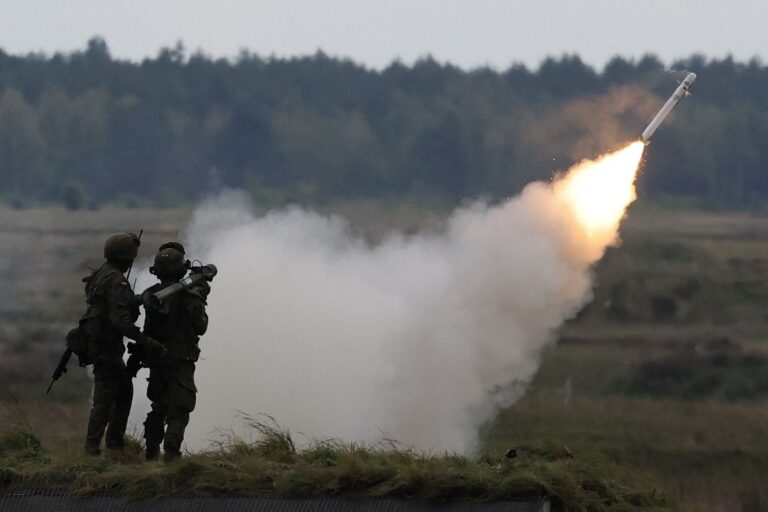Biznes Fakty
„Catastrophic reading.” Unexpected data

The PMI index reached 44.8 points in June 2025, according to S&P Global. This marks the most significant decline in the state of the Polish industry since October 2023. Analysts have labeled this as a „catastrophic reading.”
The PMI index serves as a leading indicator, designed to predict the future status of the industrial or service sectors before actual data, such as industrial output or retail sales, becomes available. A value exceeding 50 points signifies growth in the sector, while a value below indicates a contraction.
The Purchasing Managers’ Index (PMI) for Poland’s industrial sector in June 2025 stood at 44.8 points, down from 47.1 points in May.
„The rate of decline in new orders and production has accelerated, with manufacturers continuing to cut back on employment, purchases, and inventories. The worsening economic conditions are also evident in the 12-month forecast for production, which is among the weakest since the pandemic,” stated the commentary of the study. The data was gathered between June 12 and June 24, 2025.
Analysts on the PMI of the Polish industry
„The PMI index reading for Polish industry is catastrophic. An increase from 47.1 to 48 points was anticipated, yet it instead dropped to 44.8 points. Remember, a reading above 50 indicates recovery, while a reading below signifies a shift towards recession. Explaining such a decline in the situation is quite challenging,” evaluated analyst Piotr Kuczyński.
Pekao analysts remarked that „the PMI unexpectedly declined” and that „the data appears distinctly negative.”
„First, Poland has completely lagged behind the rest of Europe in the past two months – where upward surprises and growth are prevalent. Although the Polish PMI may be ahead of the German one, this cannot be confirmed with data. Second, other economic indicators for Poland do not reflect such downturns,” noted the bank’s economists.
They further stated that „the correlation between the PMI and actual production has long been negligible,” suggesting it is prudent to wait for „more reliable data.”
The largest decline in nearly two years
The drop in the PMI reveals the most significant worsening of economic conditions in the manufacturing sector since October 2023.
In June, three out of the five components of the overall PMI – new orders, production, and stock levels of purchased goods – negatively impacted the headline figure. Delivery times had a slightly positive effect on the index, and the rate of job losses slowed down.
„The decline in new orders that started in April gained momentum in June. This was the most significant drop since October 2023, which survey participants attributed to market stagnation. International demand remained notably weak, primarily due to unfavorable conditions in European markets (new export orders experienced the largest decline since September 2023),” the commentary indicated.
The ongoing decrease in new orders continued to impact production, which fell for the second consecutive month in June at the fastest pace since November 2022.
„In June, firms adjusted their processing capacities to the rapidly declining production. Employment decreased for the fourth time since the start of 2025, although at a slightly slower rate than in May. Manufacturers also significantly reduced their input purchases for the second month in a row, following minor increases noted in March and April,” it added.
Deterioration in production forecasts
The survey indicates that the outlook for output over the next year has deteriorated significantly, marking a stark shift from the strong optimism observed at the end of the first quarter, prior to a period of uncertainty surrounding tariff policies.
The future production index, which reached a 45-month high in March, has now declined to its lowest level since November 2024.
Nearly a quarter of companies (24%) anticipate an increase in production due to KPO funding, improved market conditions in Germany, and new product introductions. However, almost one in five companies (19%) foresee a downturn in the next 12 months due to weak order intake and uncertainty.



